Detailed introduction of TU Wien:
Introduction
TU Wien (Vienna University of Technology), or TU Wien, is the largest natural science and technology research and education institution in Austria and one of the oldest technical universities in German-speaking countries.
Overview
Student size: more than 26,000 students enrolled in 62 degree programs.
Teaching staff: 4,228 teachers.
History
TU Wien was founded in 1815 by Franz II and was named the Imperial Royal Polytechnic Institute of Vienna. It was mainly for the purpose of training military scientists, metallurgical engineers and construction engineers. It was officially established on November 6, 1815 and lectures began the next day. At that time, there were 47 students studying under the guidance of 3 professors. The main teaching building was put into use in 1816, and the new teaching buildings were put into use in 1818. In 1872, it was renamed the Vienna Technical University. In 1901, it obtained the right to confer doctoral degrees. In 1919, female students were allowed to enter the school. In 1975, female students were admitted to the school. It was officially renamed as the Vienna University of Technology in 2017.
School Strength
Teaching Resources: As the largest natural science and technology research and education institution in Austria, it provides students with rich learning resources and advanced teaching facilities.
Academic Research: The school conducts cutting-edge research in many fields, with 37 national and international patent applications in 2016, and received 57 million euros in third-party funds from the European Union, the Austrian Science Fund, the Austrian Research Promotion Agency and private companies for innovative research projects in 2022. The school has 5 Wittgenstein Award winners, 35 START Award winners and 46 European Research Council grantees.
Institutional Nature
The Vienna University of Technology is a public university.
Educational Philosophy
It emphasizes "science and technology for people", focuses on transforming scientific research results into practical applications, cultivates students' innovation and practical ability, meets the society's demand for scientific and technological talents, and promotes social development and progress.
Key laboratories and disciplines
Key disciplines: covering architecture and planning, civil engineering and environmental engineering, electrical engineering and information technology, computer science, mathematics and geographic information, mechanical engineering and industrial engineering, physics, technical chemistry and other fields, among which computer science and information systems, architecture, mathematics, probability and function research, civil engineering and structure, electrical engineering and other majors perform well in the QS technical professional university rankings.
Key laboratories: It has 25 Christian Doppler laboratories, as well as the Vienna Science Cluster Phase 5, an energy-enhanced house and other scientific research projects, and promotes scientific research innovation and results transformation through cooperation with universities, research institutions and companies in Austria and internationally.
Faculty
The school consists of 8 It consists of 10 major faculties, including the School of Planning and Architecture, the School of Civil Engineering, the School of Electronics and Information Technology, the School of Computer Science, the School of Mechanical Engineering and Business Economics, the School of Mathematics and Geographic Information, the School of Physics, and the School of Industrial Chemistry. At the end of 2003, Computer Science, Mathematics and Geographic Information, and Physics and Industrial Chemistry were combined into the School of Technical Natural Sciences.
Ranking
2024 QS World University Rankings: 184th.
2025 Times Higher Education World University Rankings: 301-350th.
QS Subject Rankings: In the subject rankings of the QS World University Rankings, the school ranks among the top 100 in the world. Its subjects such as computer science and information systems and architecture perform well in the QS Technical University Rankings, such as computer science and information systems ranked 51st in 2020 and architecture ranked 51st.
Expenses
Tuition is 726.72 euros per semester, plus a student union fee of 20.20 euros per semester. The doctoral tuition fee is also 726.72 euros per semester, plus a student union fee of 19.70 euros per semester.
Campus
Location and environment: Most of the main teaching buildings are located in Karlsplatz in the center of Vienna. Surrounded by famous tourist attractions in Vienna, it has convenient transportation and a strong cultural atmosphere.
Architectural style: The campus has a variety of architectural styles, integrating historical and modern elements. There are both ancient teaching buildings showing traditional European architectural style and modern scientific research facilities and innovation centers reflecting a sense of technology and modernity.
-

Graz University of Technology
-
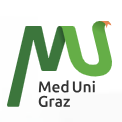
Medical University of Graz
-

University of Linz
-

Medical University of Vienna
-
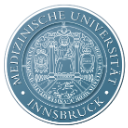
Innsbruck Medical University
-
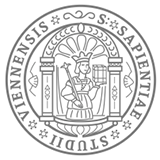
University of Vienna
-

University of Leoben
-

St. Pölten University of Applied Sciences
-
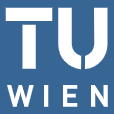
Vienna University of Technology
-
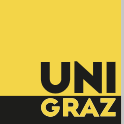
University of Graz
-

Mesoamerican University
-

Istmo University
-

Mariano Galvez University of Guatemala
-

Regional University of Guatemala
-

Galileo University
-

Francisco Marroquín University
-

Rafael Landívar University
-

University of the Valley of Guatemala
-

University of San Carlos of Guatemala
-

Technological Institute of Tlaxcala Plateau
-

Golfo University
-

Technological University of South Sonora
-

Technological University of Huejotzingo
-

Tizimín Institute of Technology
-

Chilpancingo Institute of Technology
